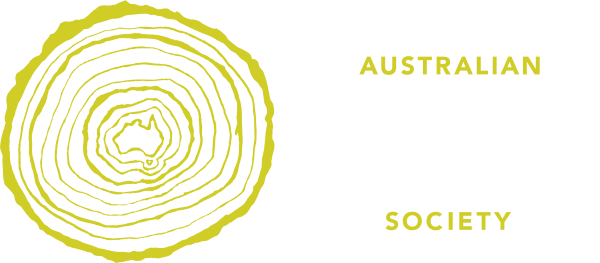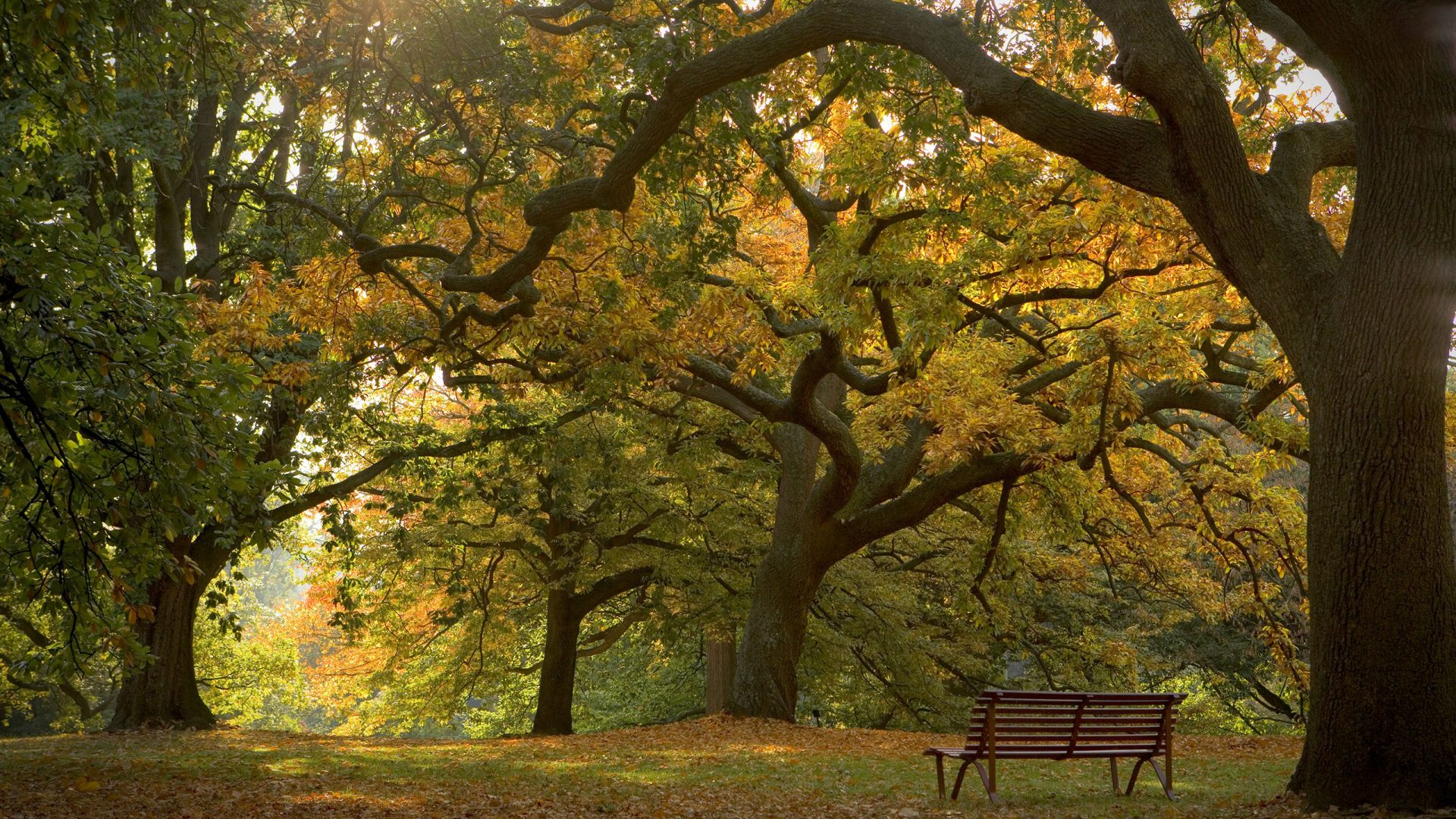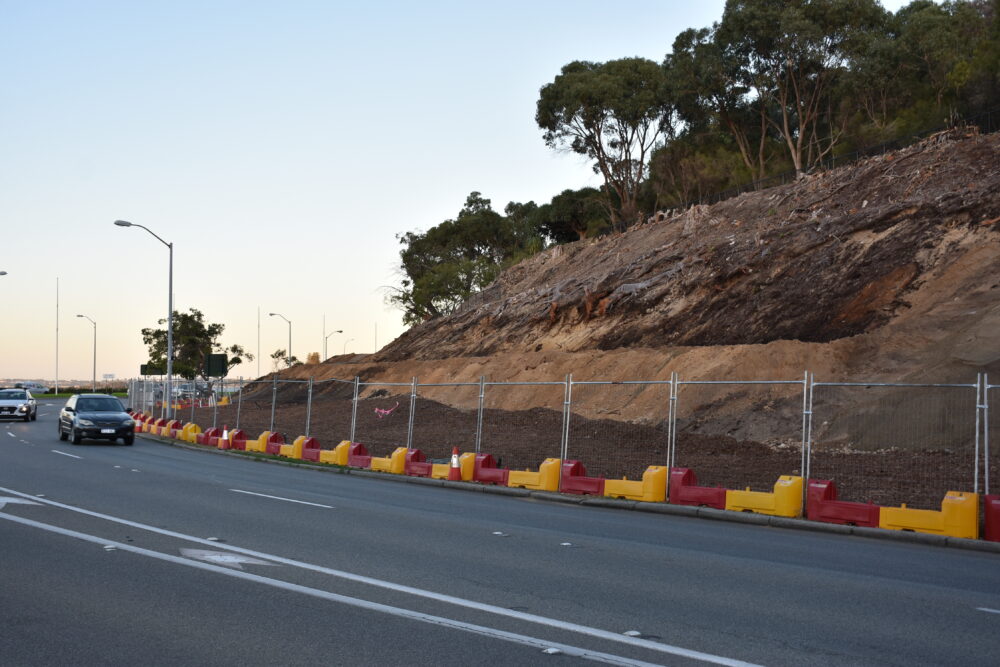Mounts Bay Road, Perth after the removal of Moreton Bay figs infected with the polyphagus shothole borer, photo Caroline Grant
Euwallacea fornicatus (polyphagous shothole borer – PSHB) is a tiny beetle. It bores into tree trunks, stems, and branches and can lead to tree death. The beetle is an agricultural and environmental pest. It attacks amenity, native and horticulture production trees. PSHB was detected in East Fremantle, Western Australia in August 2021. There have been no detections of PSHB outside the Perth metropolitan area but everyone is encouraged to be vigilant.
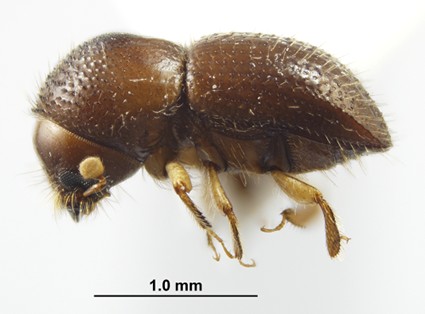 On 18 June 2025, the Australian Government’s Department of Agriculture, Fisheries and Forestry National Management Group agreed that PSHB was no longer technically feasible to eradicate. Over the next 18 months, the WA Government will work with industry, community and local government partners as part of the transition to build capacity to manage the pest. The WA Government is also investing an additional $2.17 million through WA Agricultural Research Collaboration (WAARC) towards new research, which aims to improve detection, surveillance and control methods for PSHB.
On 18 June 2025, the Australian Government’s Department of Agriculture, Fisheries and Forestry National Management Group agreed that PSHB was no longer technically feasible to eradicate. Over the next 18 months, the WA Government will work with industry, community and local government partners as part of the transition to build capacity to manage the pest. The WA Government is also investing an additional $2.17 million through WA Agricultural Research Collaboration (WAARC) towards new research, which aims to improve detection, surveillance and control methods for PSHB.
Movement restrictions remain in place and are critical to minimising the risk of human-assisted movement of PSHB out of the Perth metropolitan area.
AGHS WA member, Caroline Grant, has written about the impact of the borer in Perth and explains how to detect it. Read her article here: AGHS)Vol37_1) PSHB.
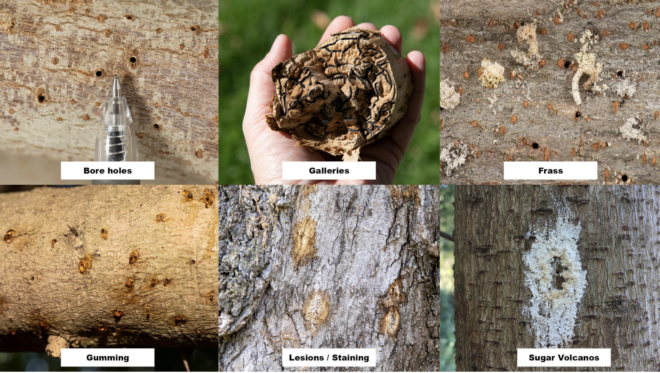
Polyphagous shot-hole borer holes and gallery details, source WA Department of Primary Industry and Rural Development website
If you think you have seen the borer, report to the WA Department of Primary Industries and Regional Development (DPIRD) through the MyPestGuide Reporter app or call the Exotic Plant Pest Hotline on 1800 084 881
